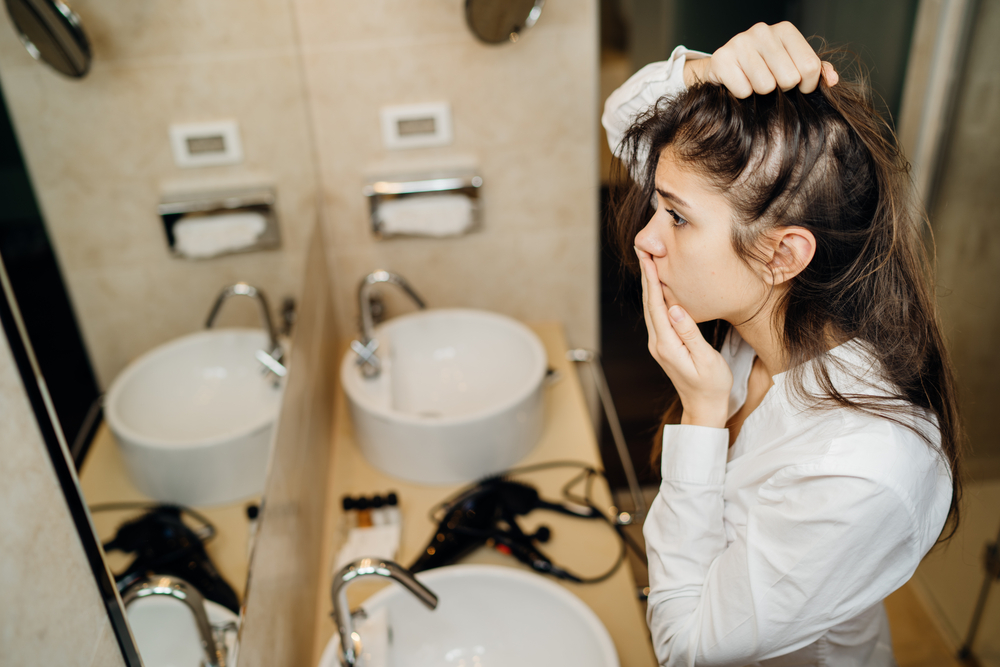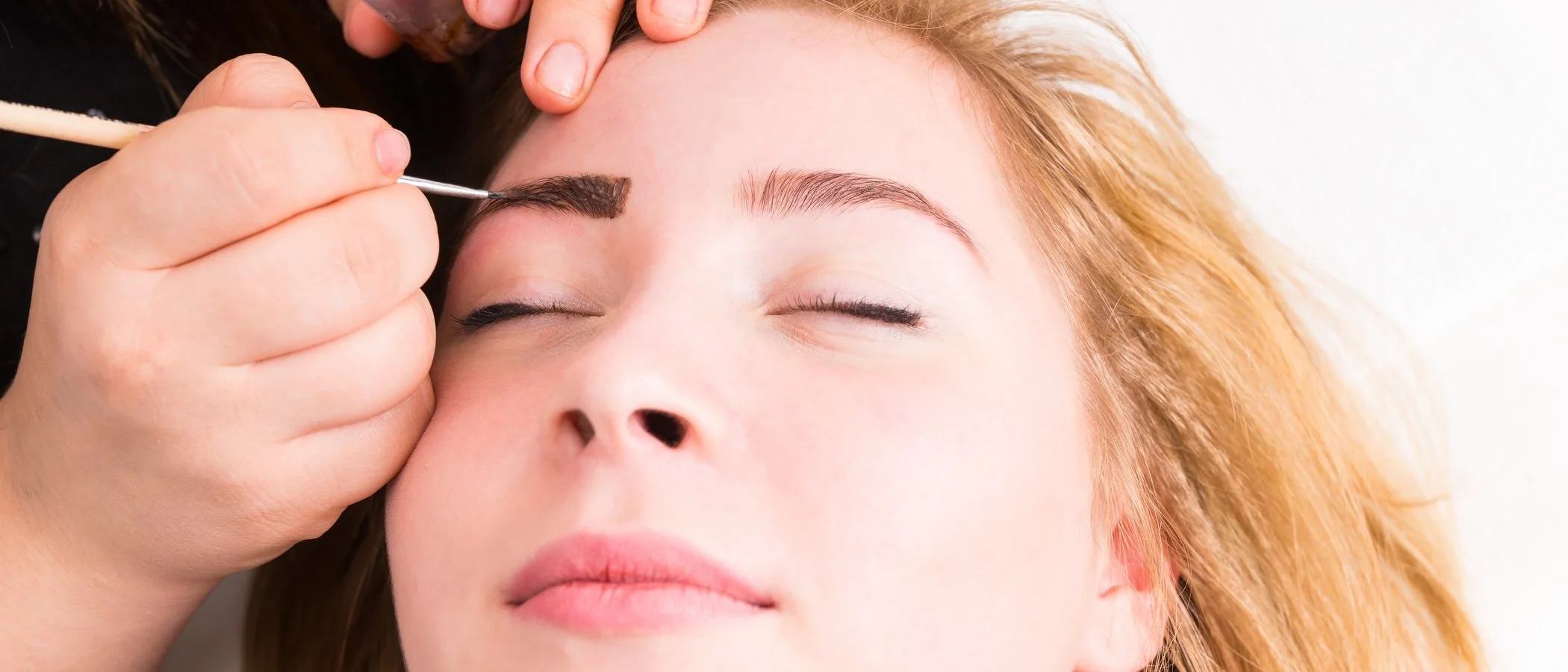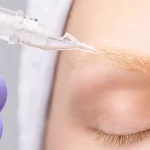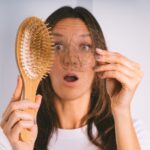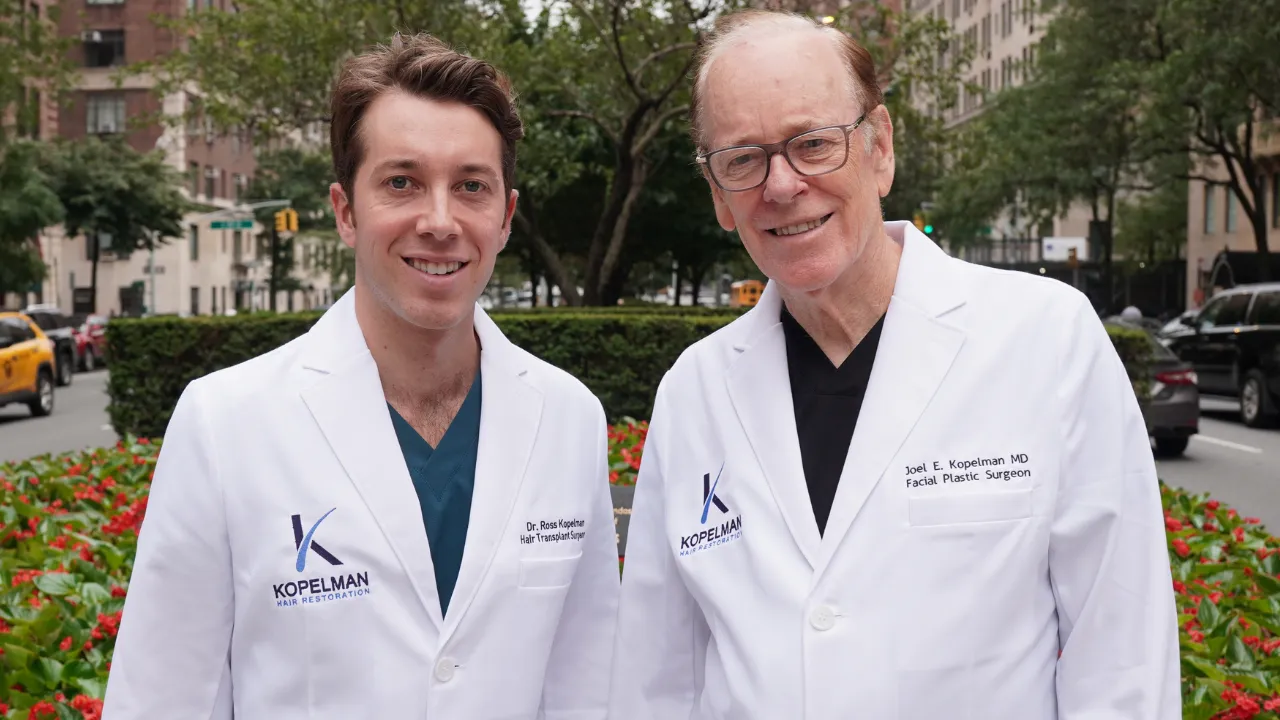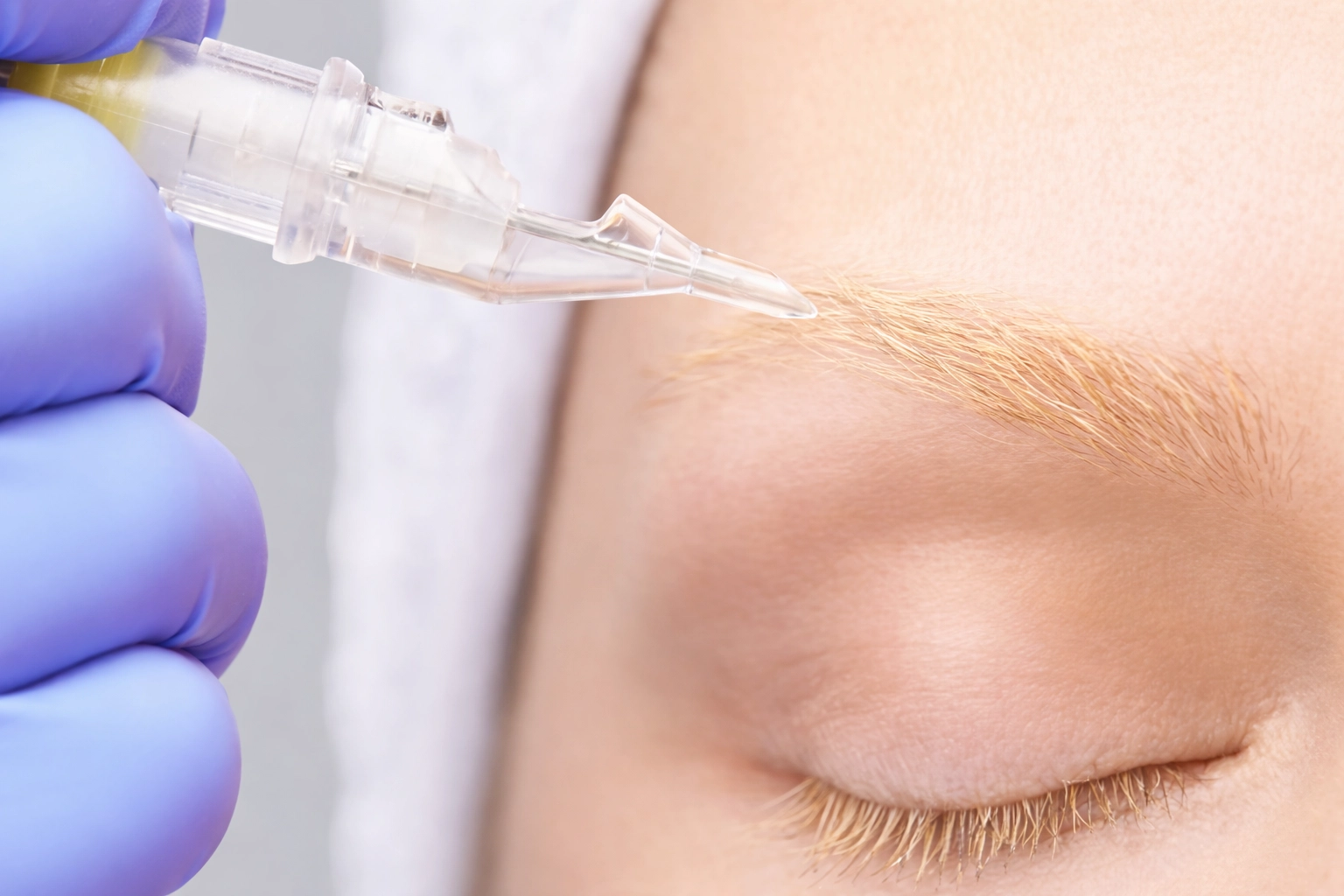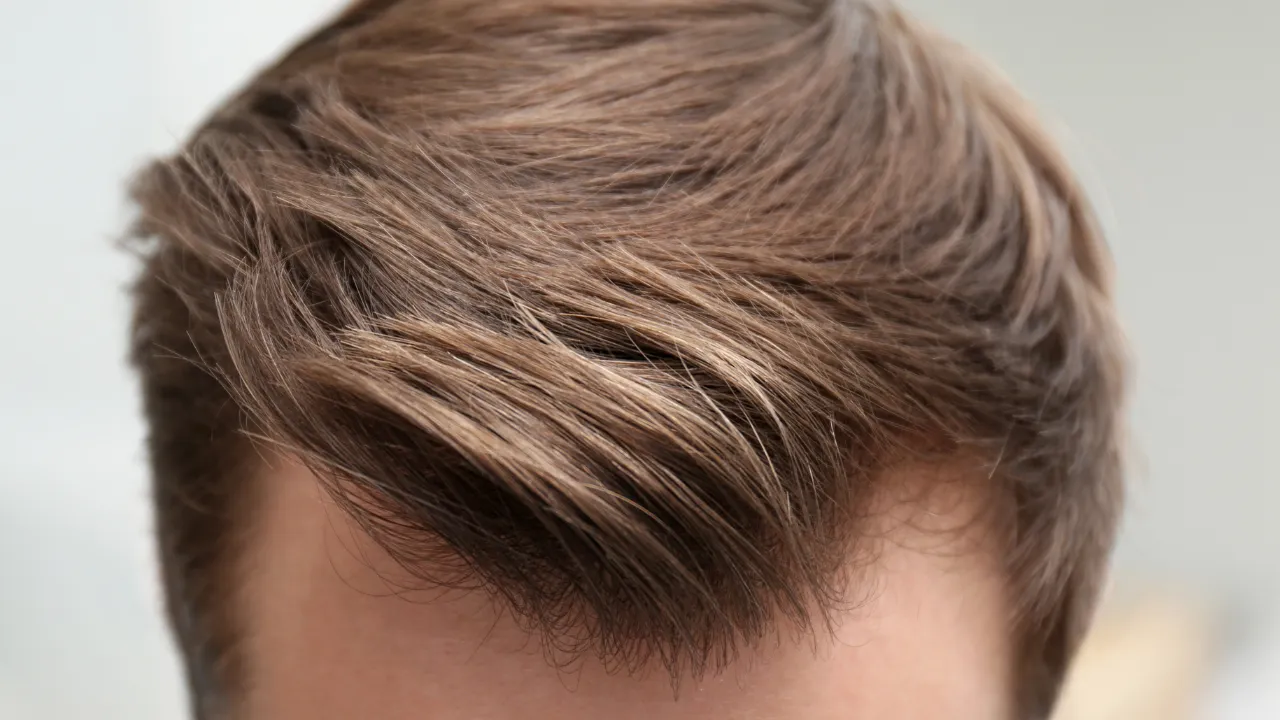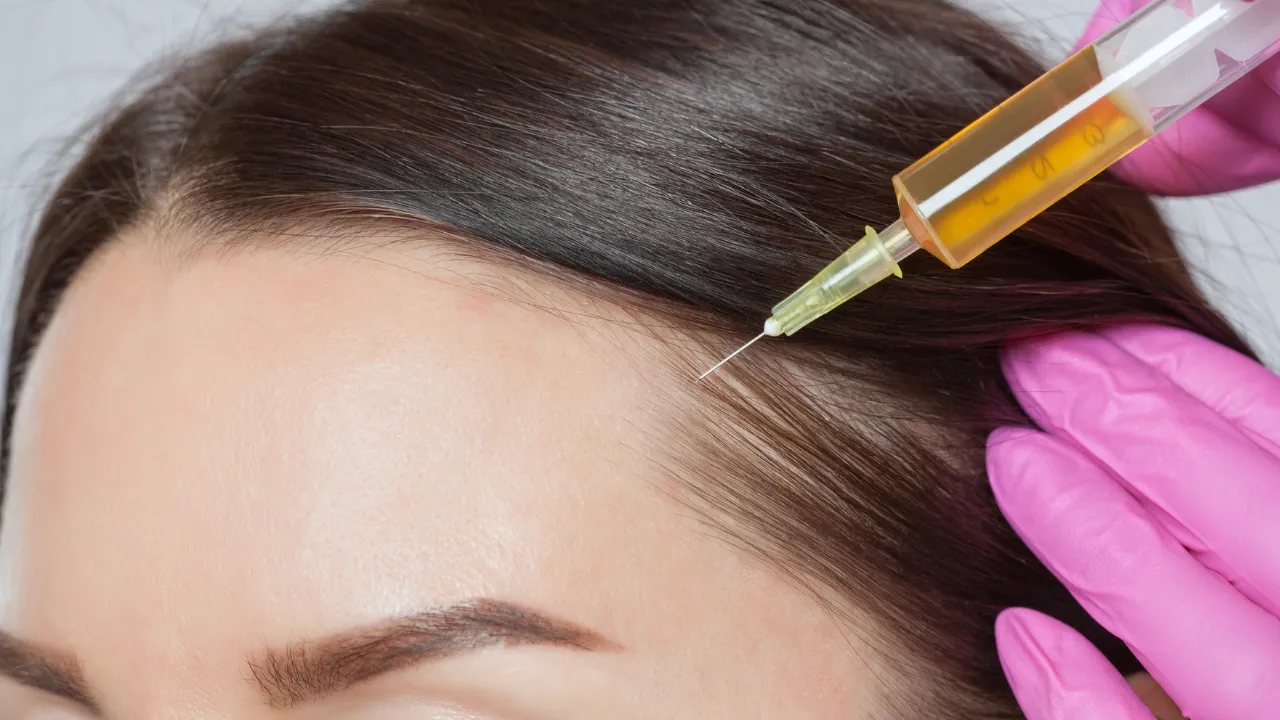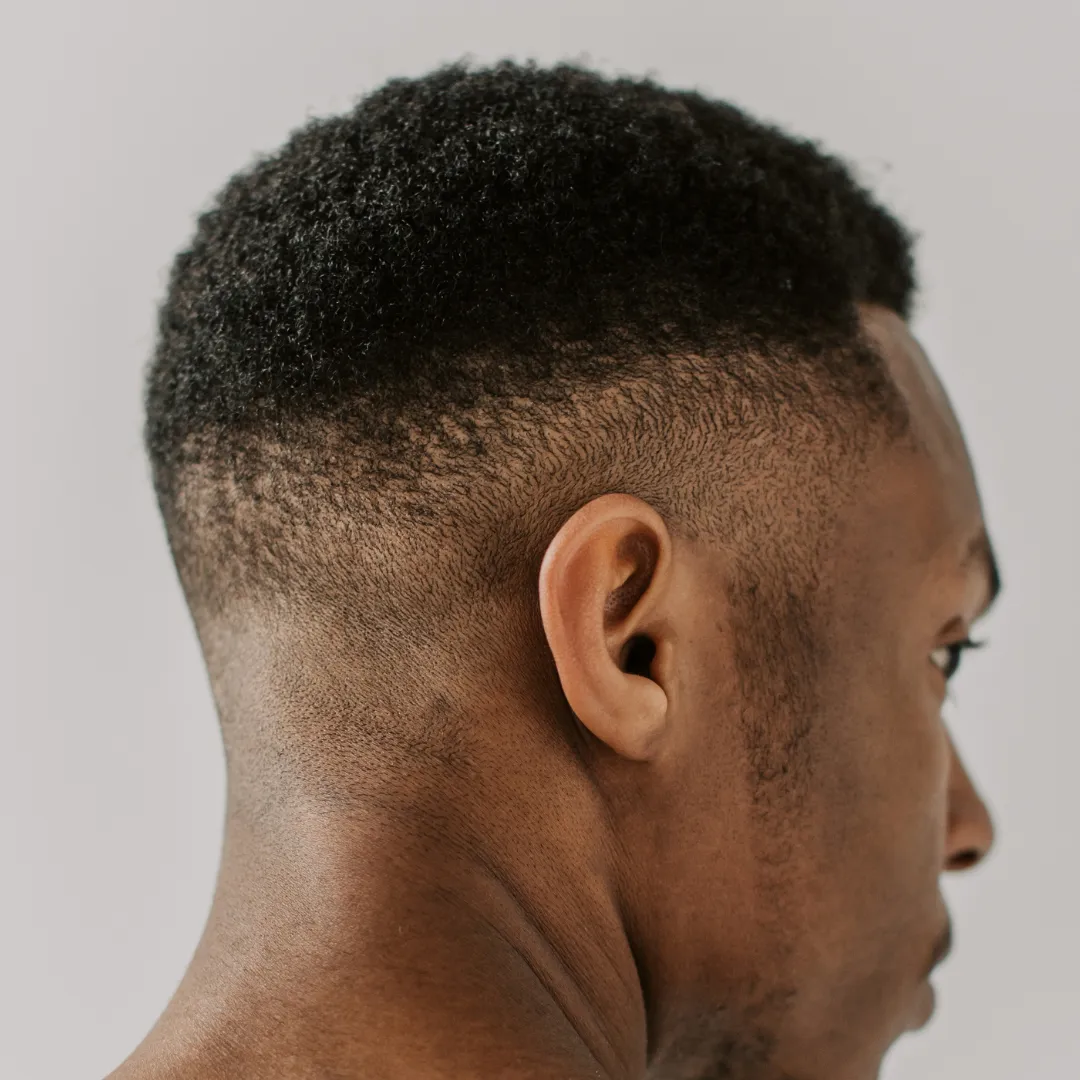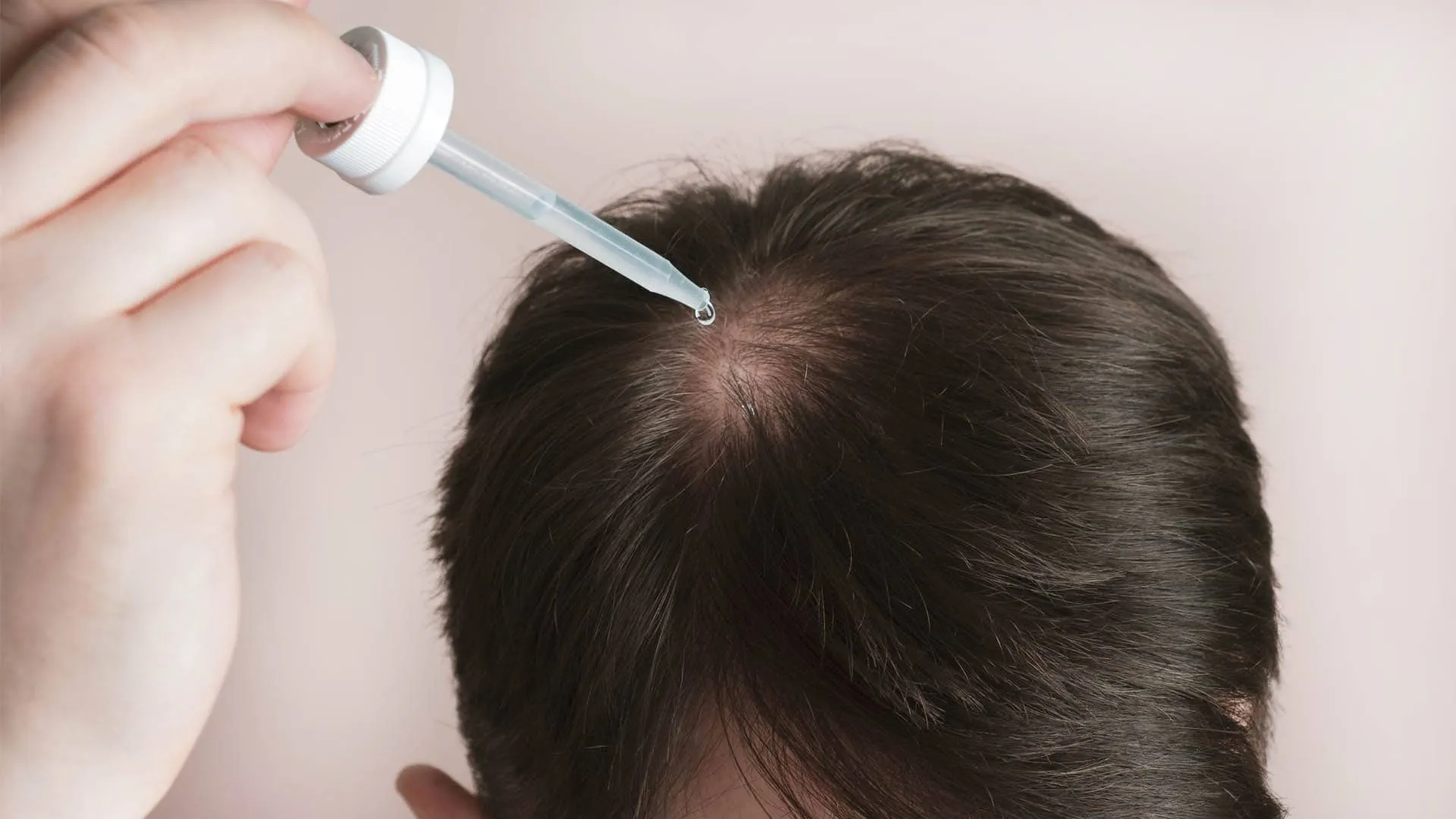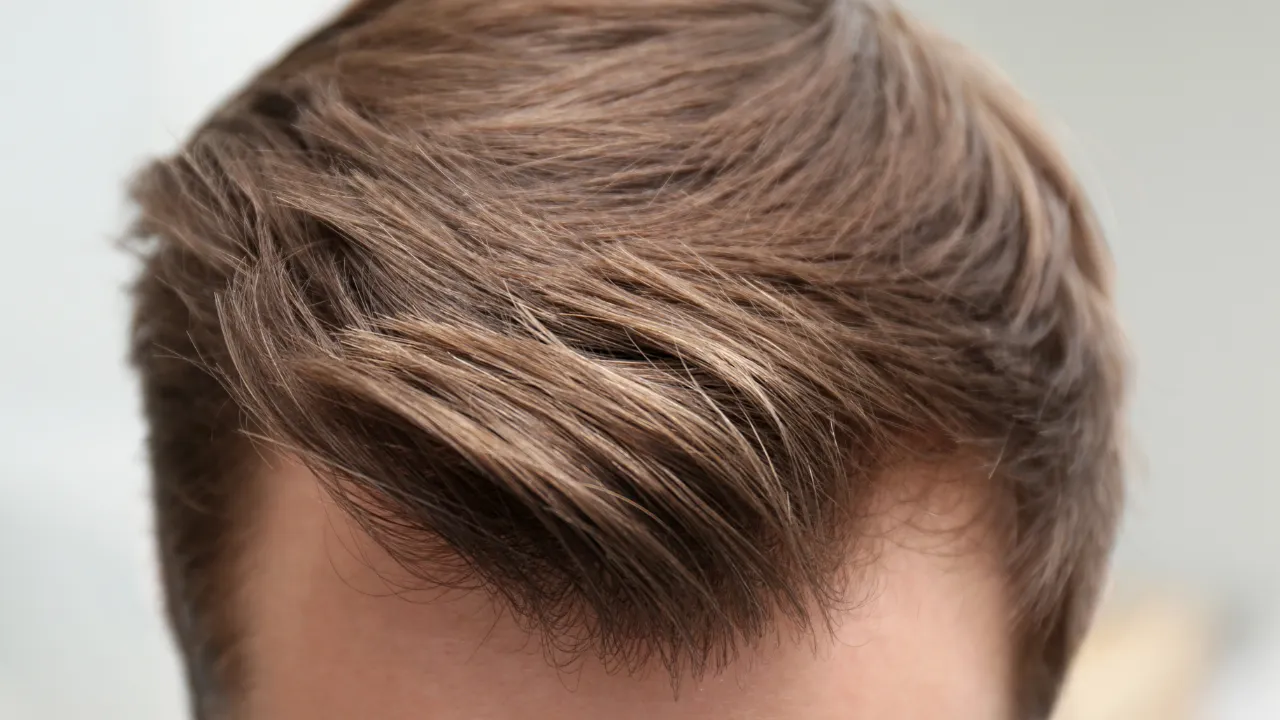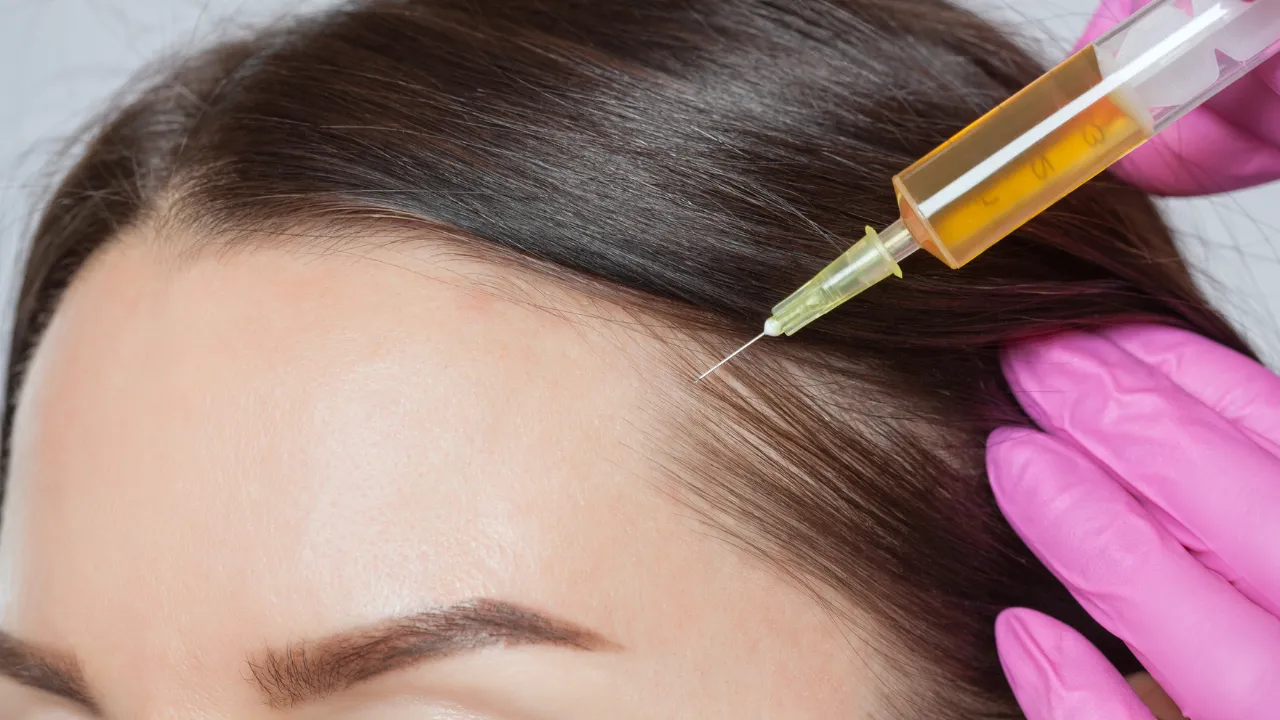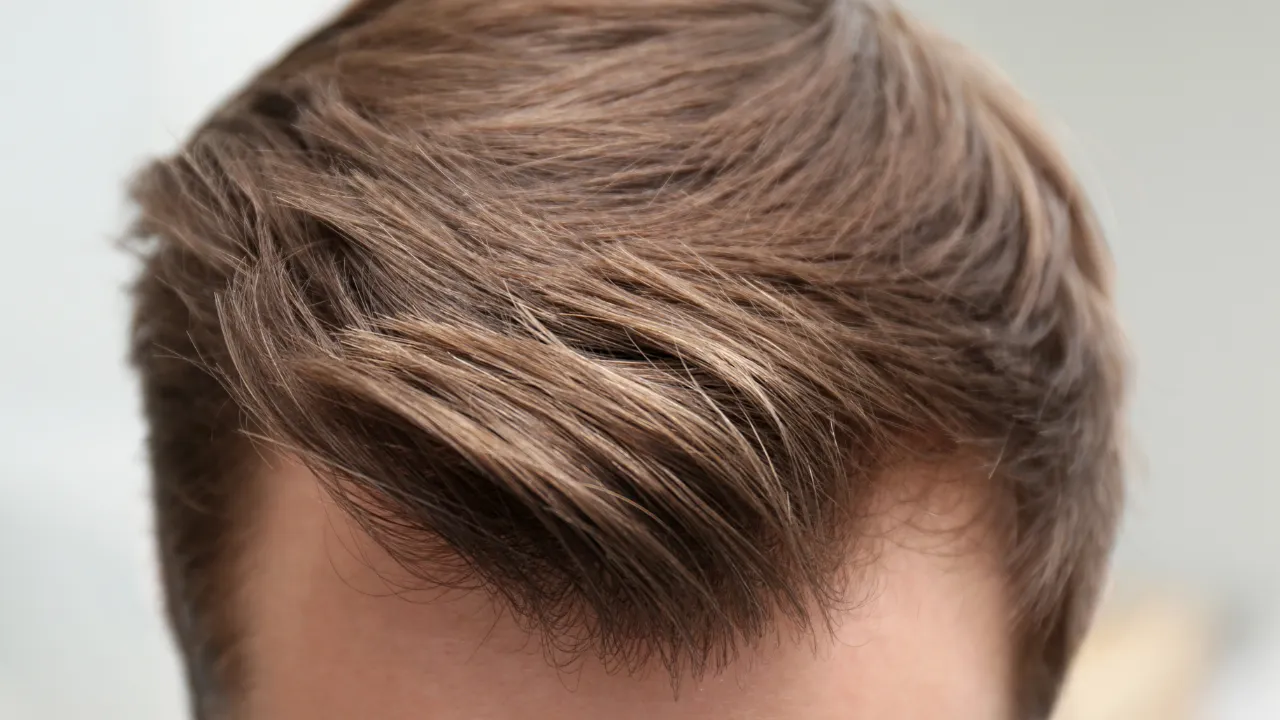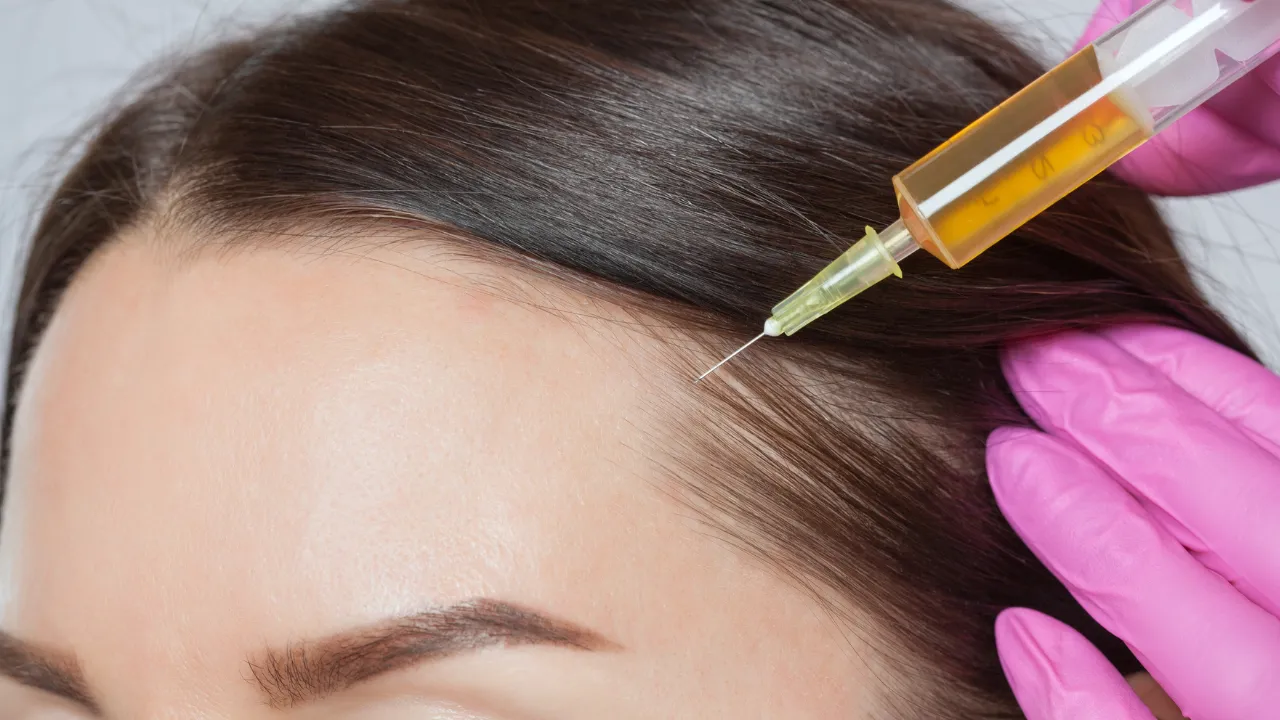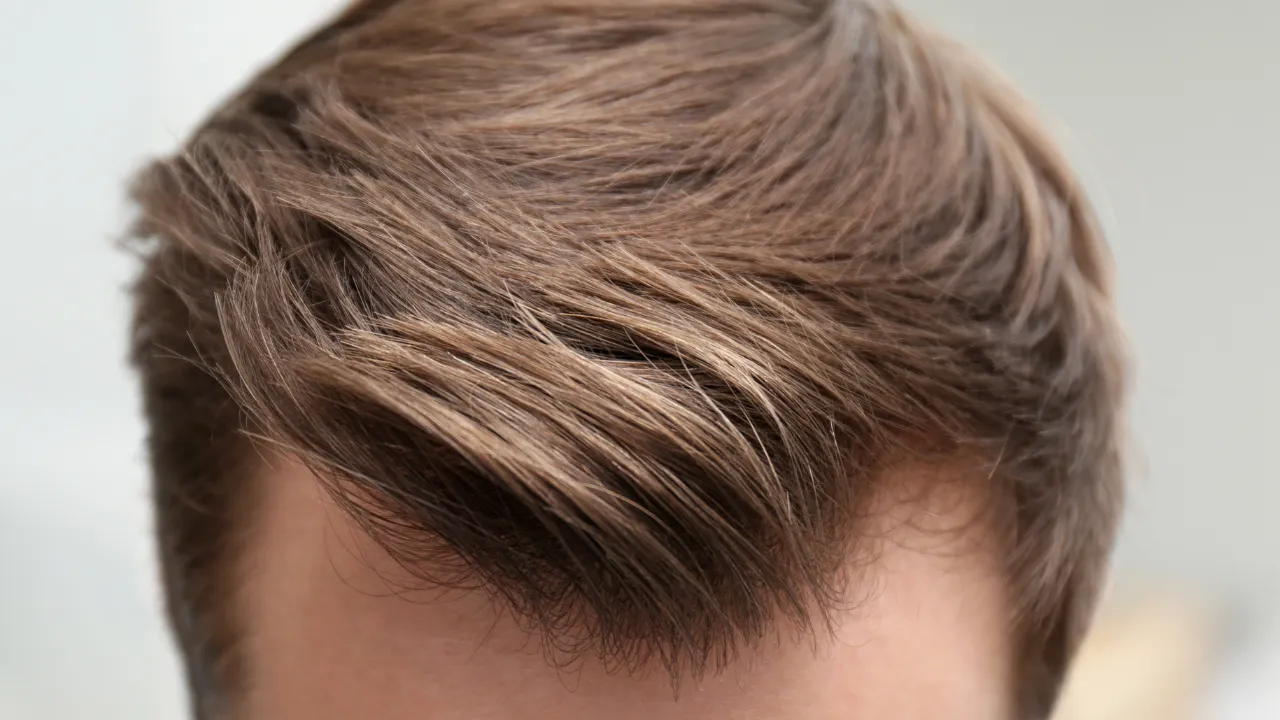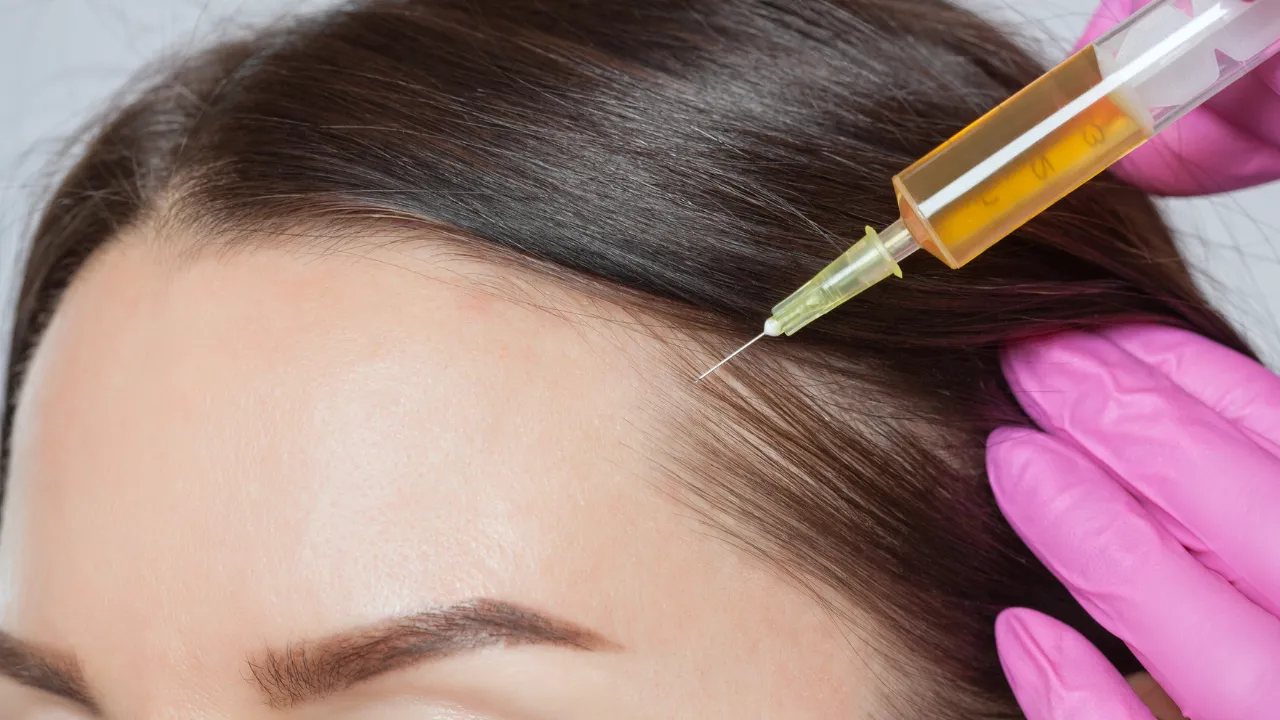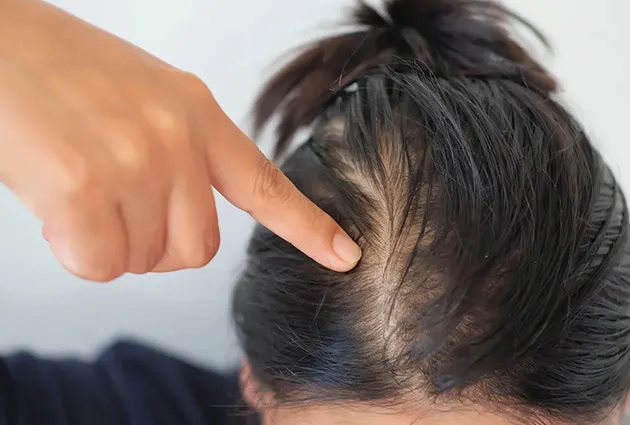Table of Contents
ToggleMany patients come to Kopelman Hair concerned about hair thinning on one side of the scalp. This condition affects both men and women and is more common than it seems. Knowing the cause and addressing it early can improve long-term hair health.
Key Takeaways
- Hair thinning on one side often results from traction, pressure, or underlying conditions and should not be ignored.
- Early diagnosis through scalp assessment, trichoscopy, and medical history is critical to determine the cause and prevent permanent damage.
- Treatment options range from lifestyle changes and topical medications to advanced therapies like PRP and hair transplant surgery.
- Managing expectations and maintaining results involve understanding the hair growth cycle and following a long-term care plan.
- Kopelman Hair offers customized solutions backed by over 40 years of expertise in treating complex, asymmetric hair loss.
Common Myths About One-Sided Hair Thinning
What Causes Hair Thinning on One Side?
Hair thinning on one side can result from medical or behavioral factors. Often, it’s not about why hair is falling out, but why it’s falling out unevenly.
Common causes include:
- Traction alopecia: Tension from tight ponytails or buns can pull more on one side.
- Sleeping position: Pressure from sleeping on one side of your head may restrict blood flow.
- Overuse of styling tools: Heat and chemicals on one side can cause damage.
- Alopecia areata: An autoimmune condition that targets specific areas.
- Scalp infections or injuries: Can lead to localized hair loss.
- Neurological or circulatory issues: Rarely, hair loss on one side of the head may signal nerve or blood flow problems.
Other possible causes:
- Scarring alopecia: Inflammation that destroys hair follicles.
- Hair shaft breakage: Heat or chemicals can mimic thinning.
- Tinea capitis: A fungal scalp infection seen more in children.
In women, one-sided thinning often occurs near the temples or part line. Styles like braids or extensions that pull can trigger traction alopecia.
One-sided hair loss is a less common type of hair loss, but it can respond well to early treatment. Female pattern baldness may also begin unevenly.
If you’re asking, “why is my hair thinning on one side?”, the cause often lies in habits or medical factors. If thinning hair appears suddenly or becomes visibly patchy, it’s time for an evaluation.
Men and women alike can be affected. In men, androgenetic alopecia may start unevenly, while in women, hairline thinning on one side may relate to hormones or stress.
How to Diagnose the Root Cause
Correct diagnosis is key to selecting the right treatment.
At Kopelman Hair, our scalp assessments include:
- Visual exam: Checks for irritation or pattern loss.
- Trichoscopy: Magnifies the scalp to assess follicle health.
- Medical history: Reviews conditions, medications, or stress.
- Blood tests: May uncover deficiencies or thyroid issues.
Consult a specialist if:
- Thinning progresses rapidly.
- You notice itching, redness, or pain.
- One area looks visibly thinner than the rest.
Dr. Kopelman advises early diagnosis to preserve follicles. Acting quickly can improve outcomes.
Hair Thinning on One Side: Treatment Options
Treatment depends on the cause and severity. Here’s how it’s approached:
Lifestyle and Behavioral Changes
These changes may prevent further loss:
- Switch sleeping positions regularly.
- Avoid tight hairstyles or try looser options.
- Use heat protectants and limit styling.
- Manage stress and avoid hair-pulling.
Topical and Medical Treatments
These aim to reduce inflammation and stimulate growth:
- Minoxidil (Rogaine): Improves blood flow to follicles.
- Corticosteroids: Used for autoimmune-related hair loss.
- Topical ketoconazole: Treats fungal scalp issues.
Early hair loss treatment often includes prescriptions, supplements, or topical agents that promote hair growth.
Platelet-Rich Plasma (PRP) Therapy
PRP uses your blood platelets to support follicle recovery. It’s often used for localized thinning.
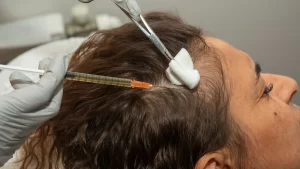
Hair Transplant Surgery
In permanent cases, transplant surgery may restore density. Dr. Kopelman uses microsurgery to achieve natural, balanced results.
Not every case needs surgery. When it does, precision and symmetry are key.
Not sure where to start?
Book a consultation with Dr. Kopelman for a personalized hair restoration plan.
What to Expect During and After Treatment
Knowing what to expect helps with consistency.
During treatment:
- Initial shedding from Minoxidil is normal.
- PRP involves multiple sessions.
- Transplants need 7–10 days of recovery.
After treatment:
- Regrowth appears over 3–6 months.
- One-sided regrowth may take longer to even out.
- Ongoing care helps preserve results.
Hairline thinning on one side requires balanced regrowth. Kopelman Hair focuses on visual symmetry.
Long-term success involves supporting the natural hair growth cycle with proper care, stress management, and follow-up.
How to Prevent Thinning from Worsening
- Change your part and avoid high-tension styles.
- Sleep on satin or silk pillowcases.
- Limit heat tools and harsh brushing.
- Watch for irritation or inflammation.
- Avoid tight headwear.
- Get evaluated if thinning persists beyond three months.
Prevention and treatment work best together. Small changes can protect vulnerable follicles.
Frequently Asked Questions
Why Choose Kopelman Hair for Personalized Hair Loss Care
With over 40 years of combined experience, Dr. Kopelman and his team treat complex hair loss cases—including hair thinning on one side—with care and precision.
Why patients trust Kopelman Hair:
- Tailored evaluations: Custom diagnosis and plans.
- Advanced surgical methods: Restore natural, balanced growth.
- Proven results: Designed for real-life symmetry.
Each case is different. Whether mild or advanced, we offer a clear recovery path.
Sometimes the underlying cause is androgenetic alopecia, which may present unevenly early on. Addressing it quickly allows for more effective hair loss treatment before bald spots develop.
Hair thinning on one side isn’t just cosmetic—it can reflect deeper causes. At Kopelman Hair, we help you uncover the reason and choose the best solution. With Dr. Kopelman, you get care backed by science and proven results.
If you’re experiencing uneven or persistent hair thinning, we encourage you to take the next step toward restoring your confidence. Schedule a consultation with Dr. Kopelman today to receive expert guidance and a personalized treatment plan tailored to your unique needs.


